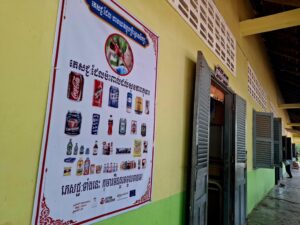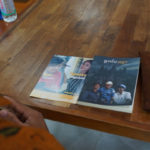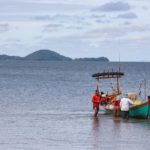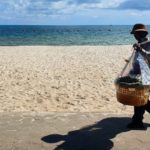The Angkol fishing community’s crab bank in Kep province has been a steady lifeline for the country’s natural crab population. Every month, more than 300 egg-bearing crabs are saved, contributing to a sustainable crab supply amid concerns of a decreasing trend.
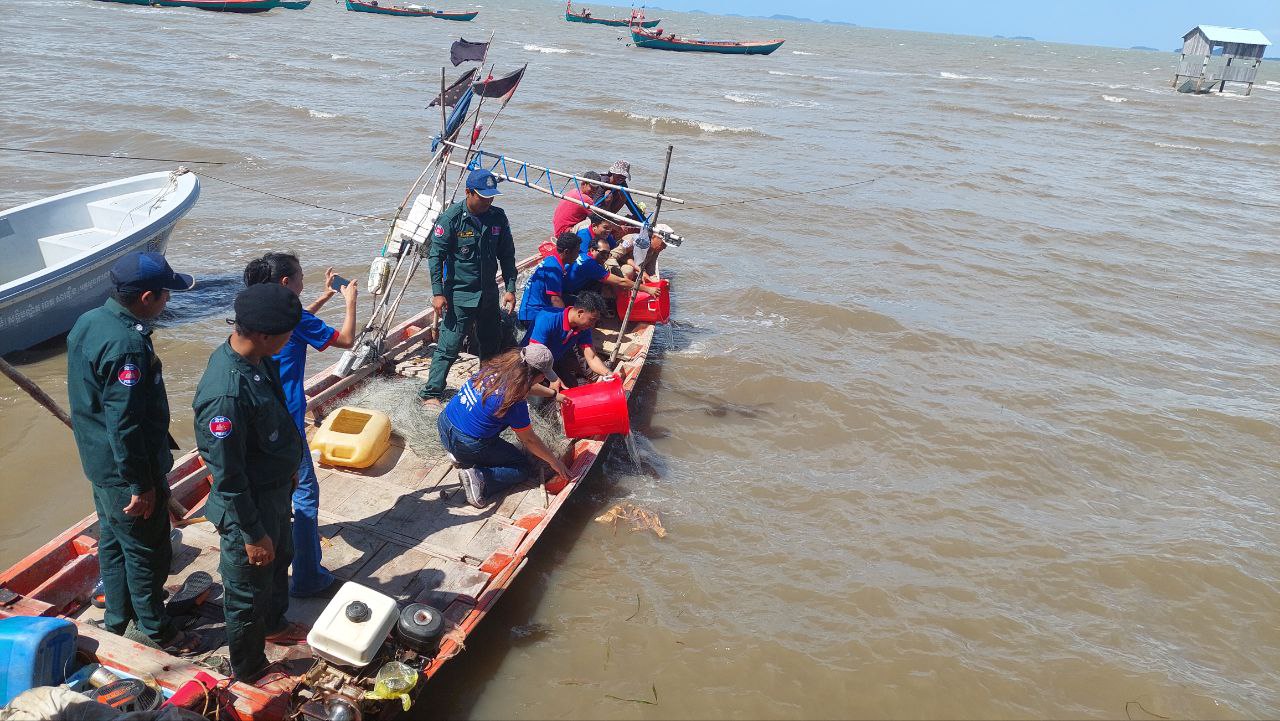
Angkol, nestled in the Phnom Leav village of Kep’s Damnak Changaur district, established its fishing community in 2008. Today, it stands as one of nearly 30 such communities across Cambodia’s four coastal provinces: Kep, Kampot, Preah Sihanouk and Koh Kong.
Uong An, secretary of the Angkol fishing community, revealed on July 13 that their crab bank has been purchasing over 300 egg-bearing sponge crabs monthly.
“The crabs are then released into protected areas to ensure their growth,” he said. “Each month, we collect more than 300 crabs from fishermen. This means since the start of this year, we’ve already saved almost 2,000 crabs. We release over 300 egg-bearing sponge crabs each month.”
According to researchers, a single breeding crab can bear over a million eggs, with an 80 per hatching rate and around 40 per cent reaching reproductive age.
The Consortium for Sustainable Alternatives and Voice for Equitable Development (CO-SAVED) is a four-year initiative led by the Aide et Action.
Its project director, Mao Yer, spoke about the communities’ collaboration with the Fisheries Administration’s (FiA) provincial cantonments of Kampot and Kep in the launch of phase II of the campaign to save egg-bearing crabs.
“The campaign runs from July 1 to July 31 and seeks to disseminate and establish a collective commitment to release breeding crabs back into the sea,” he revealed.
“We pledge not to catch, buy, sell or eat them. Instead, we aim to respect the law, release the crabs, participate in conservation and become role models,” he outlined.
Yer also highlighted the importance of individual action, especially by fishermen. He expressed that if everyone participates in releasing the crabs, it would significantly increase yields. Moreover, this collective effort contributes to saving natural resources and preserving the crab population in our coastal areas.
(Article was published on the Phnom Penh Post / Publication date 16 July 2023)






